Coco peat for cannabis is washed. Coco peat, also known as coir or coconut coir, is a popular growing medium for cannabis cultivation. It is a natural fiber extracted from the husk of coconuts and is widely used in horticulture for its excellent water retention and aeration properties.
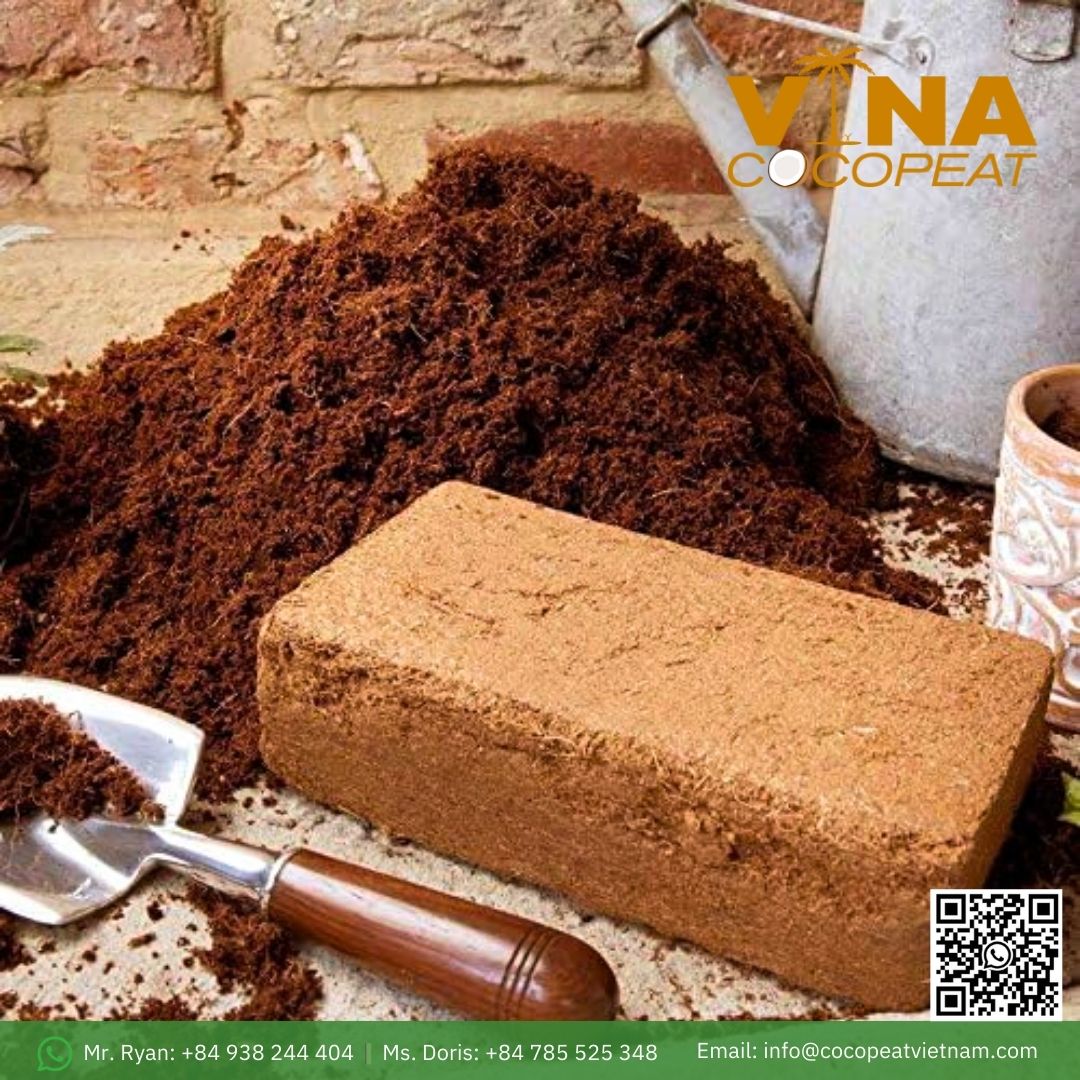
Products made with dehydrated brick coco
There are many dehydrated coco brick products available online. Before using any compressed coco bricks, rinse and buffer them thoroughly. If you follow the steps outlined below, you can turn any coco brick into a superior cannabis growing medium. However, some bricks provide a better product from the start, resulting in higher-quality coco fibers. I recommend Vina Coco Peat. It’s a great deal, and after soaking, it turns into a high-quality coco peat powder product. Each brick is 400 grams, with dimensions of 14 cm (Length) x 14 cm (Width) x 4-5 cm (Thickness) or according to customers’ requests.
Perlite to Mix with Coco Peat
You can mix coco peat with perlite, which is critical to help with drainage. Almost any perlite will do, with three types of bags to choose from: 100L, 50L, and 20L, all of which are lightweight and natural. It has a good mix of particle sizes and coco peat, which help to improve drainage and aeration.
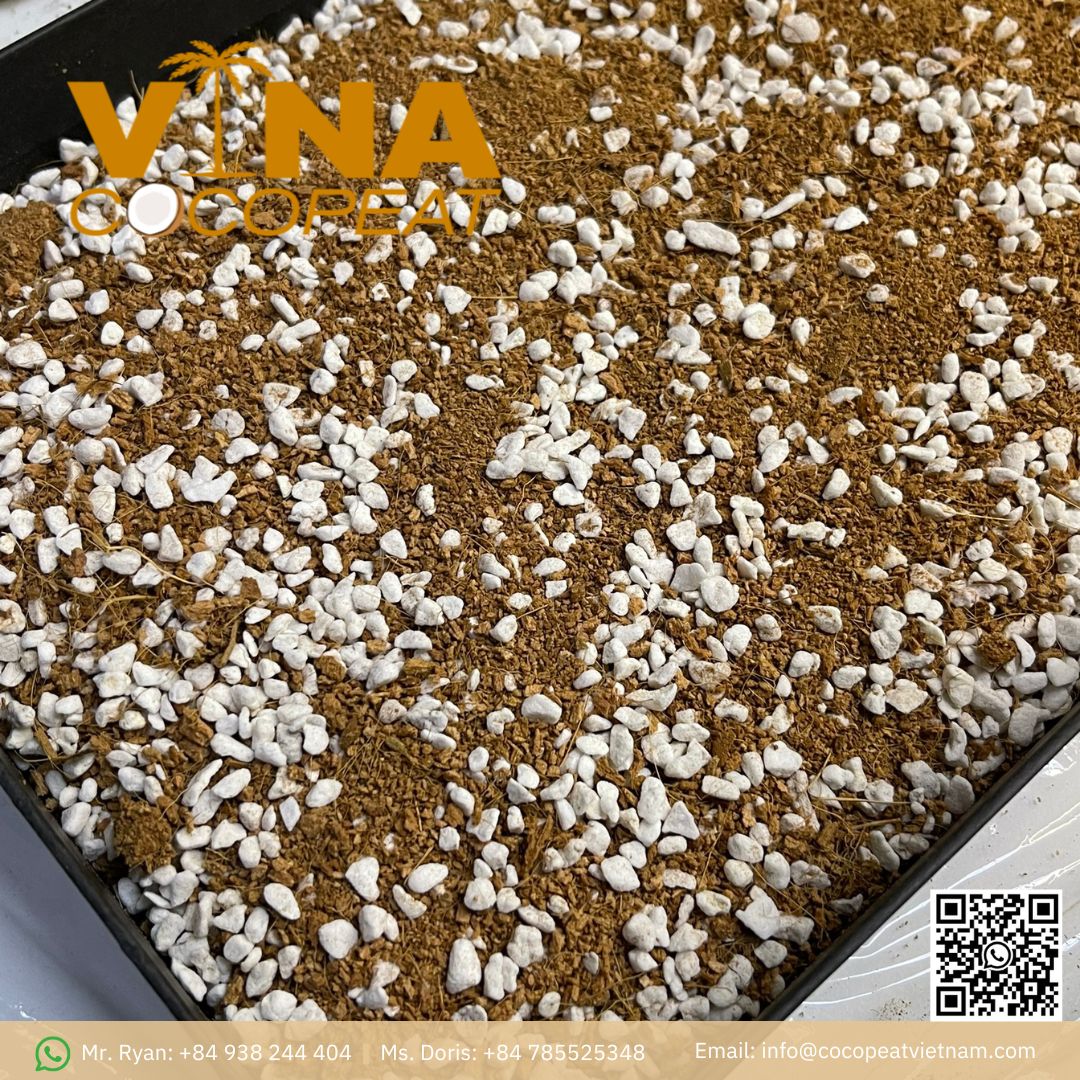
Getting Ready for Cannabis with Coco Peat
Coco peat is a superior growing medium for cannabis for a variety of reasons: it has excellent water retention and drainage properties, provides ample root space, and, when buffered, does not interfere with plant nutrition.
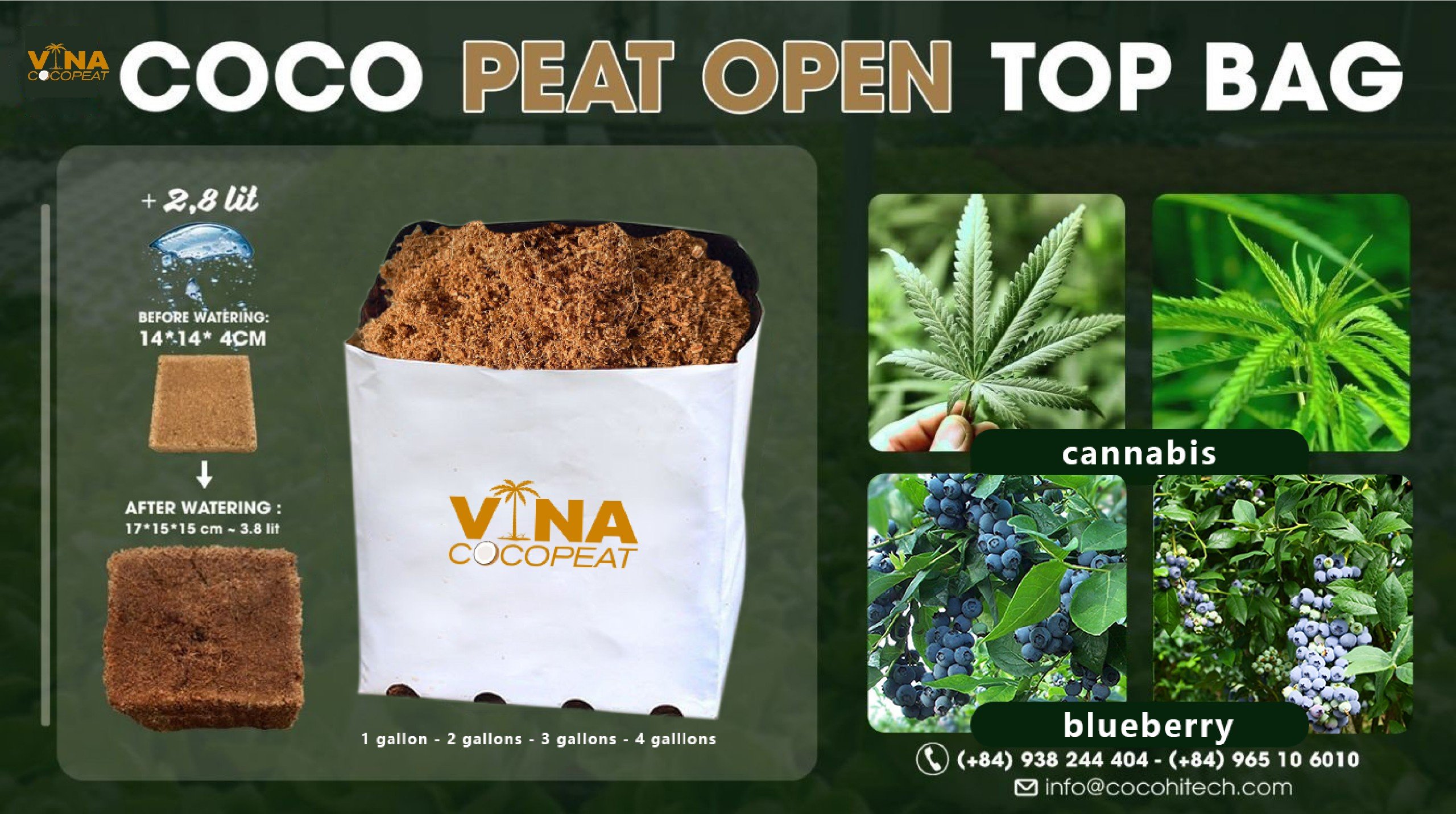
However, if you buy a brick of coco peat and do not rinse and buffer it, you are not growing in a high-quality medium. Unrinsed coco contains “coco peat,” which are tiny dust-sized particles. Because coco peat does not retain air as well as larger coco fibers, if you grow in coco with a lot of coco peat, you may experience root drowning.
However, Washed Coco Peat Block Open Top will be the best choice for you. With some outstanding features, the following are below:
– Free from pests and harmful organisms.
– Free from fungi, weeds, and bacteria.
– Free from sand, stones, steel, or any pollution.
– No or very minimum dust.
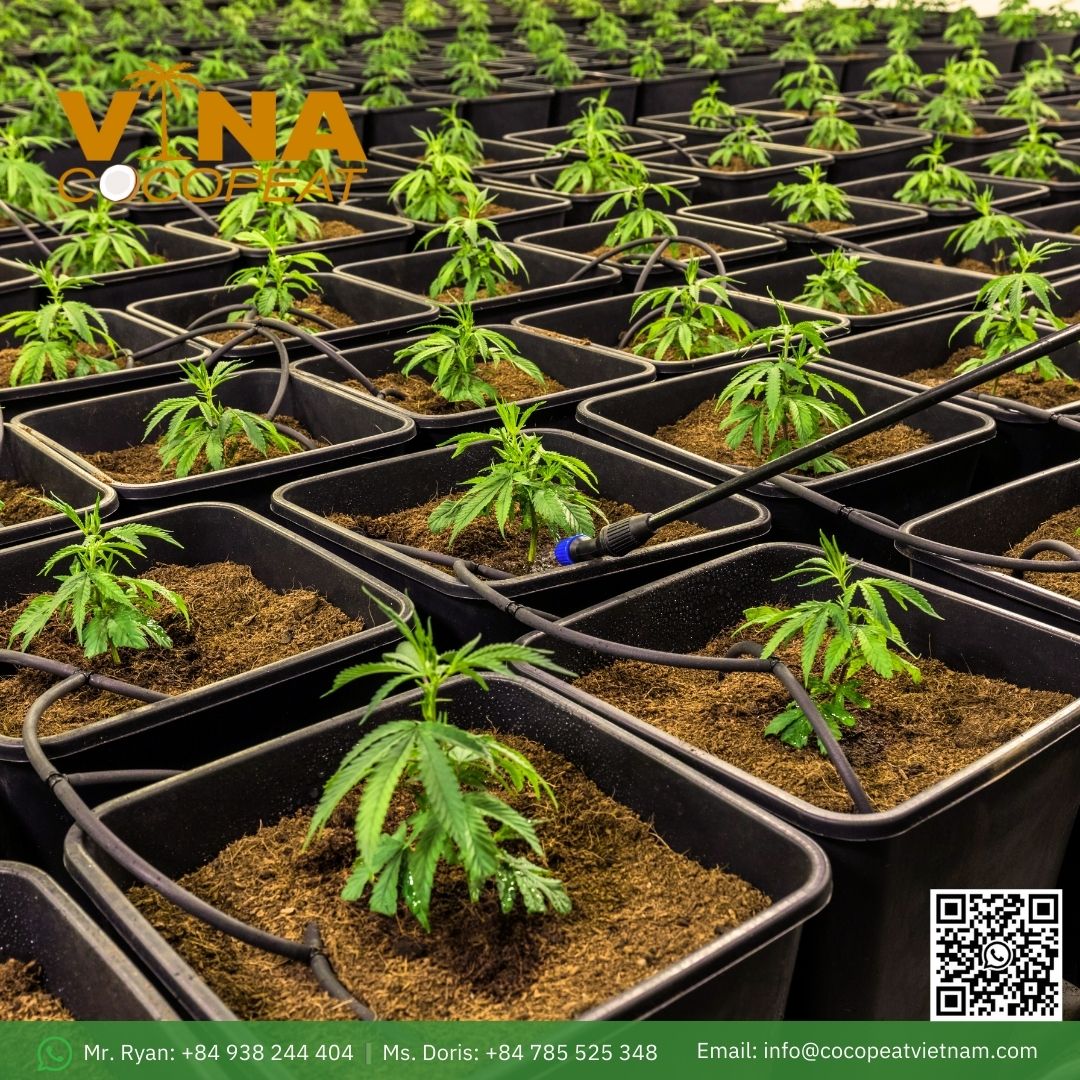
Double-buffer Coco
1. Prepare buffering solution:
– The buffering solution can be prepared with tap water.
– The electrical conductivity (EC) of the buffering solution should be smaller than 0.5 mS/cm.
– The pH of the buffering solution should be from 5.5 to 7.0.
2. Moisture: Max 20%
3. Impurities: Max 3%
4. Organic Content: More than 90%
5. Composition: 80% coco peat and 20% coir fiber
Mixing Coco with Perlite
Perlite significantly improves water drainage and aeration in coco. Mixing perlite at the ratios shown in the chart below significantly reduces (but not eliminates) overwatering. Also, because it improves water flow through the medium, it aids in the removal of unwanted salts. Coco without perlite does not drain effectively. For smaller containers, reducing the percentage of perlite can improve drainage and increase root space. When implementing a transplant strategy, mix perlite at the appropriate ratios for final containers.
Check the electrical conductivity (EC) before adding plants
Before adding seedlings or plants to your coco/perlite mix, always ensure that the EC is appropriate for their stage of development. Because the buffering solution has a high electrical conductivity, you may need to rinse the coco with plain water before adding plants. Seedlings, in particular, are vulnerable to burning from the residual EC in the coco that remains after the buffering process.
Fill the container with coco/perlite and gradually add water until you can collect the runoff. Measure the EC of the first run-off water to leave the pot and confirm that it is within the recommended range for seedlings (less than 500 or 0.5 EC) or vegetating plants. If the EC is high, continue pouring plain water through the pot until the run-off readings are within the acceptable range. After thoroughly rinsing the EC, it is recommended that you fertigate (add water with fertilizers) at the appropriate EC before adding plants.

If you’re not familiar with EC or don’t understand why or how to measure it, Please read our article “Understanding Osmosis and EC.” Managing EC is simple, and EC meters are inexpensive. Measuring EC allows you to control your cocoa growth like a pro!
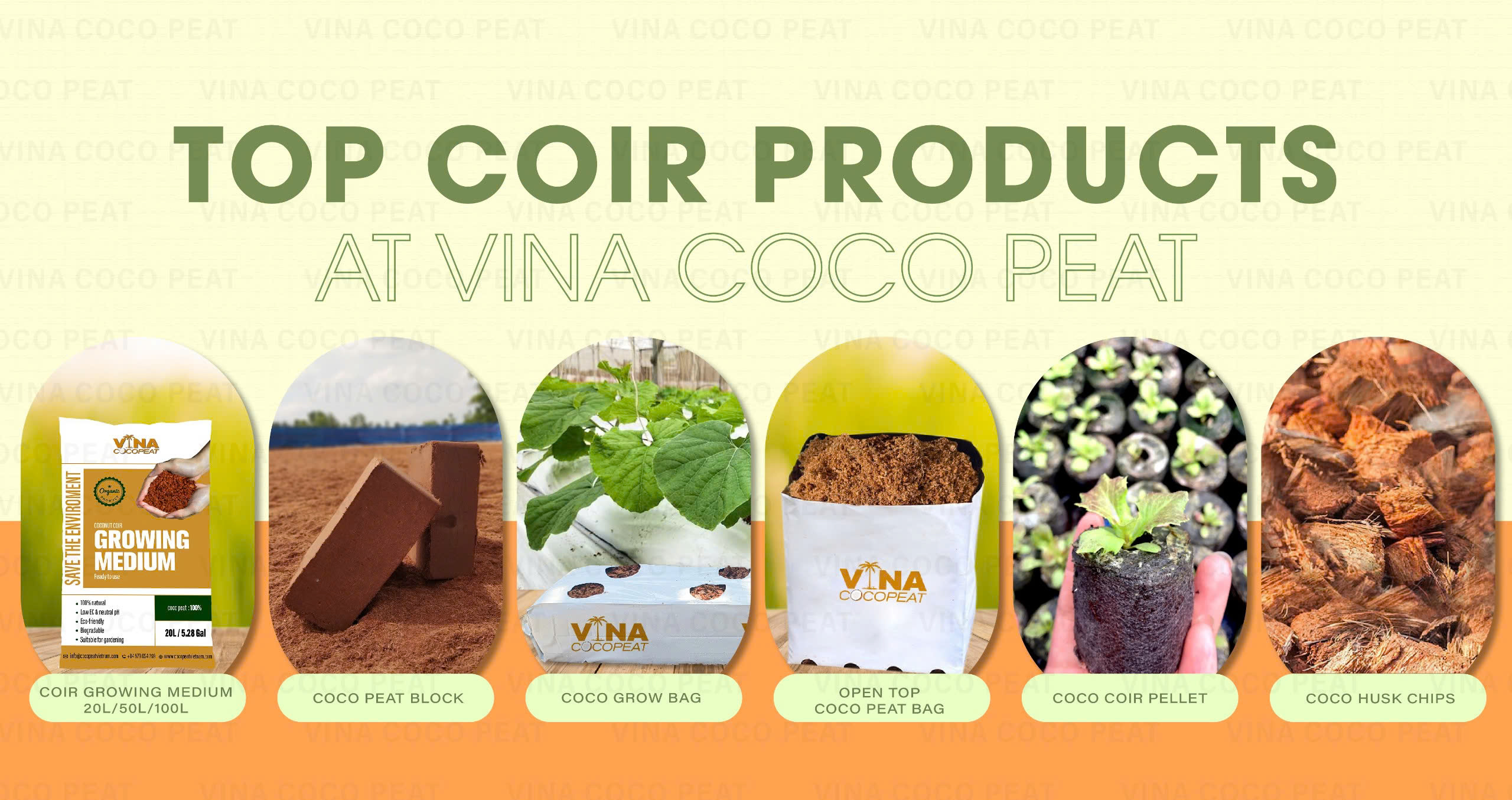
At VINA COCO PEAT, we provide a wide range of coco coir-derived composting materials, including peat bricks, chips, and substrate mixes, etc.
Feel free to contact with our desicated sales team. We are online 24/7 to server customer.
Ms. Doris: +84 785 525 348 (ZALO, WHATSAPP, WECHAT, LINE)
Mr. Ryan: +84 961 071 137 (ZALO, WHATSAPP, WECHAT)
한국 영업 담당자: +84 969 273 598 (Ms. Lan)
中文: +84 397 317 401 (Ms. Vi)
Email: info@cocopeatvietnam.com – www.cocopeatvietnam.com
